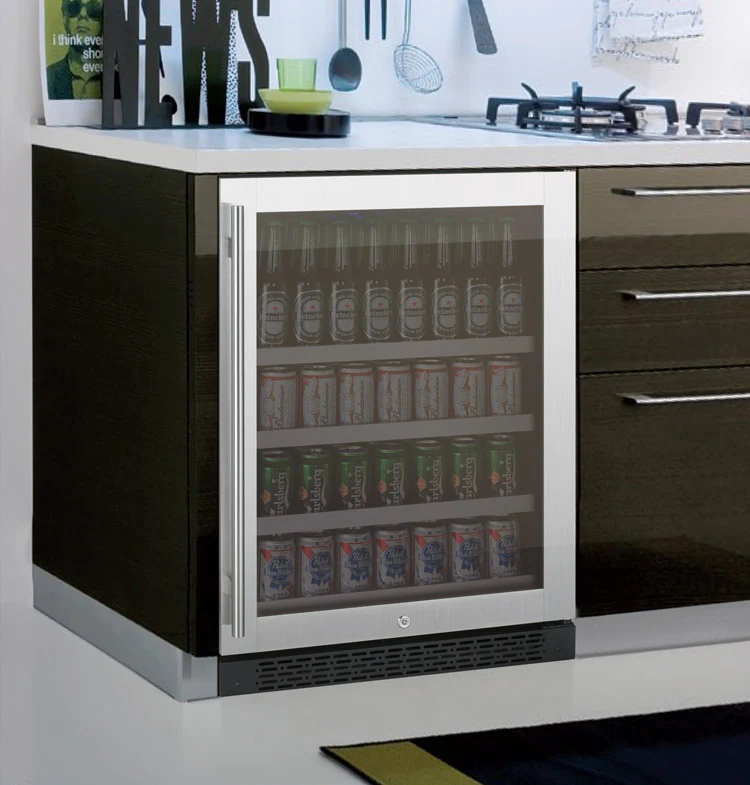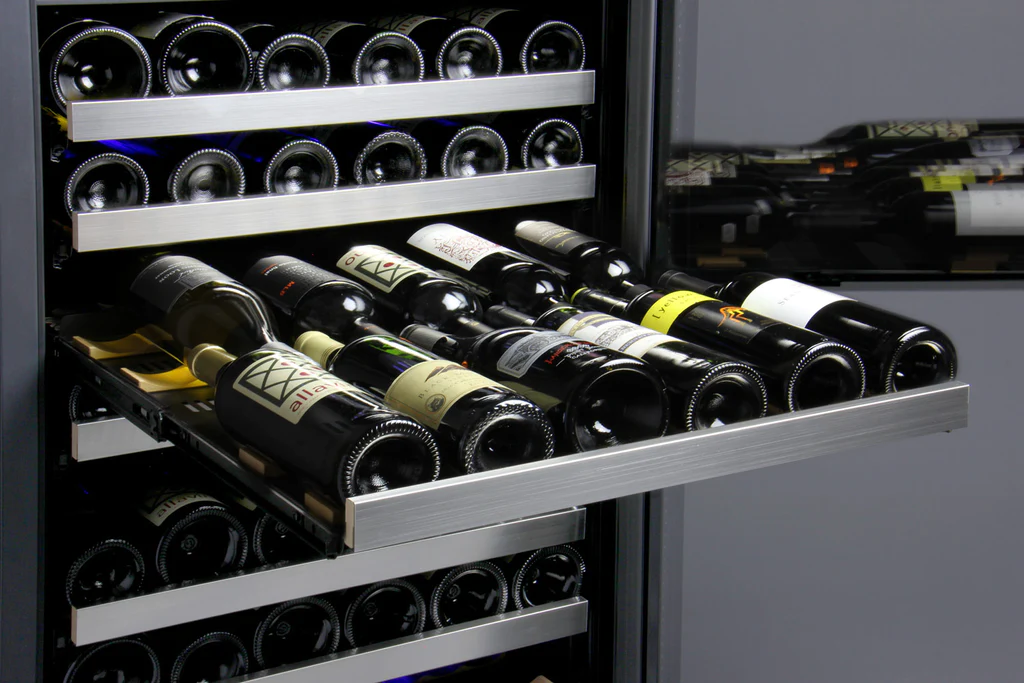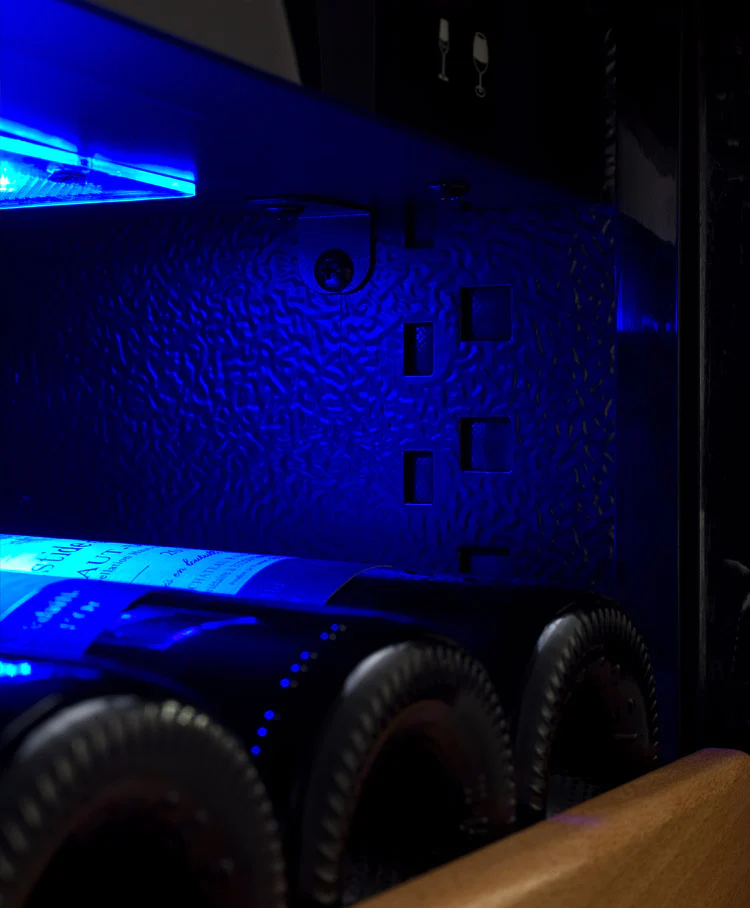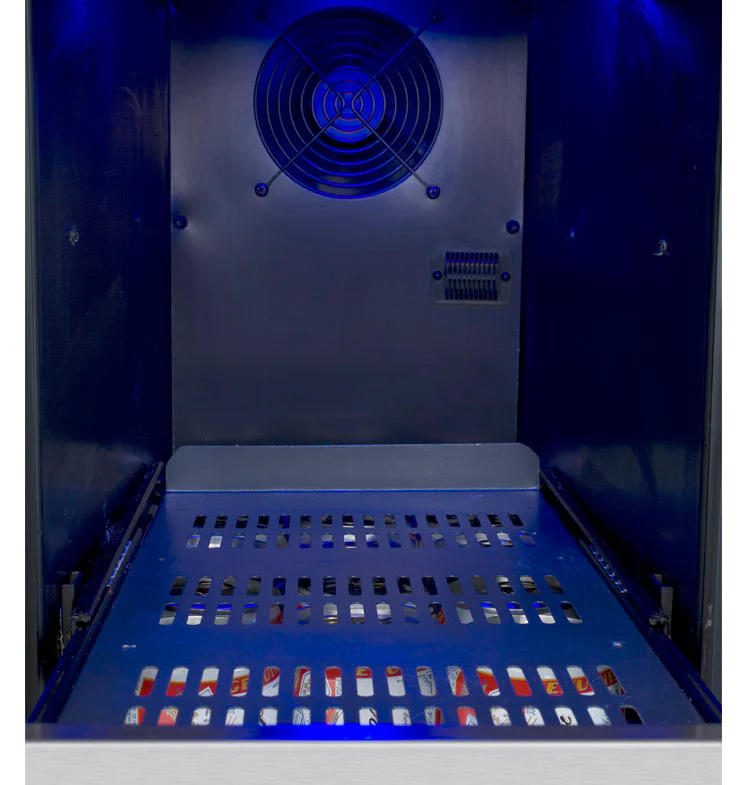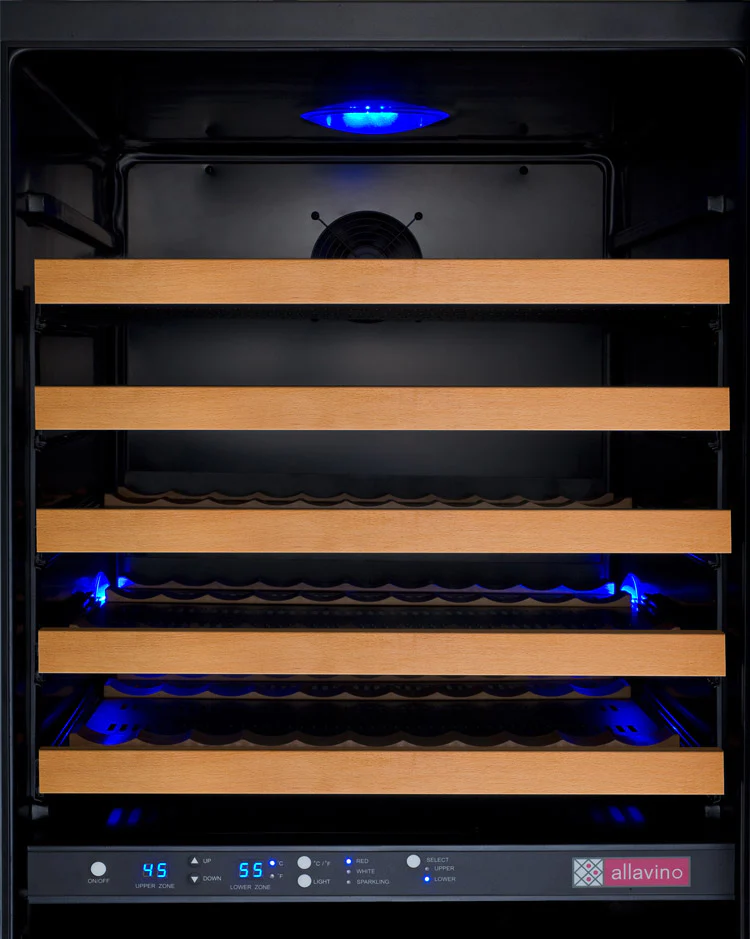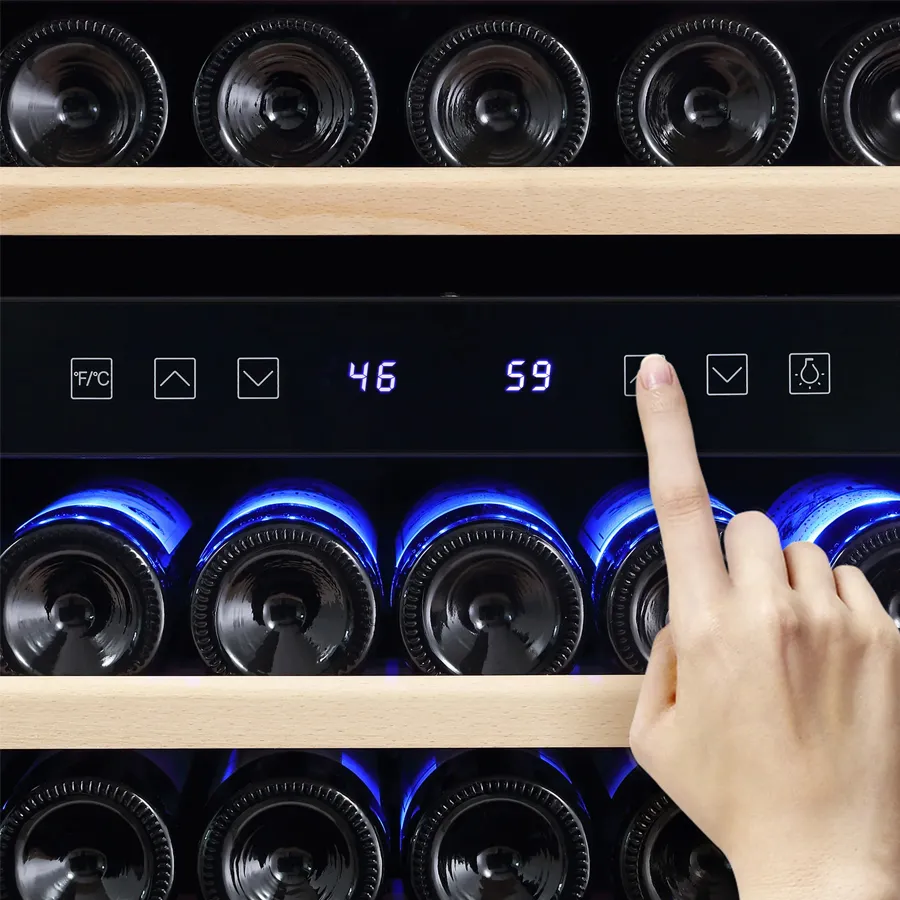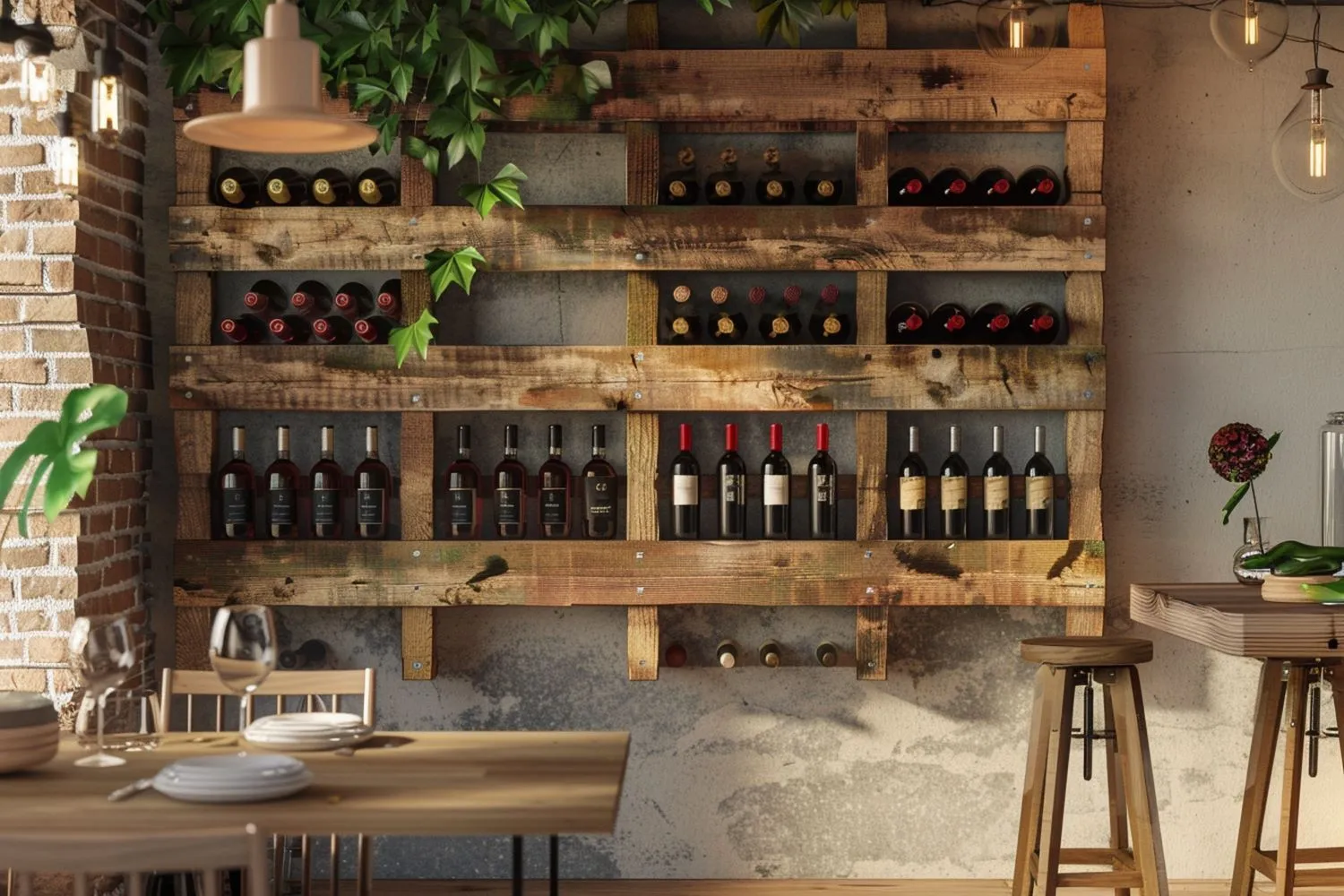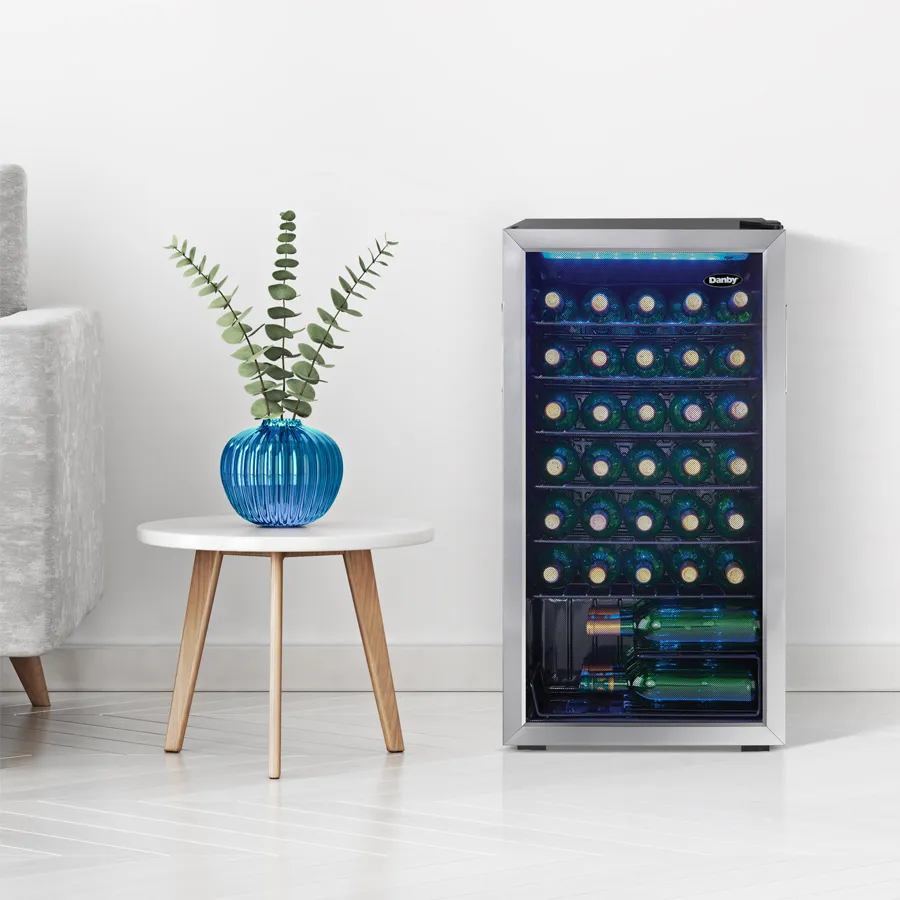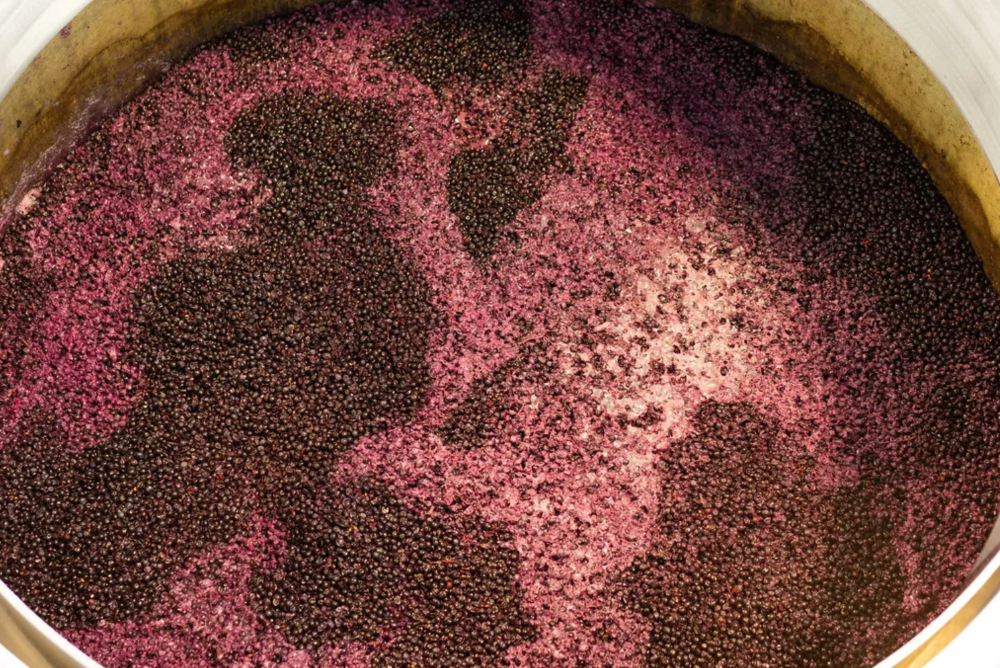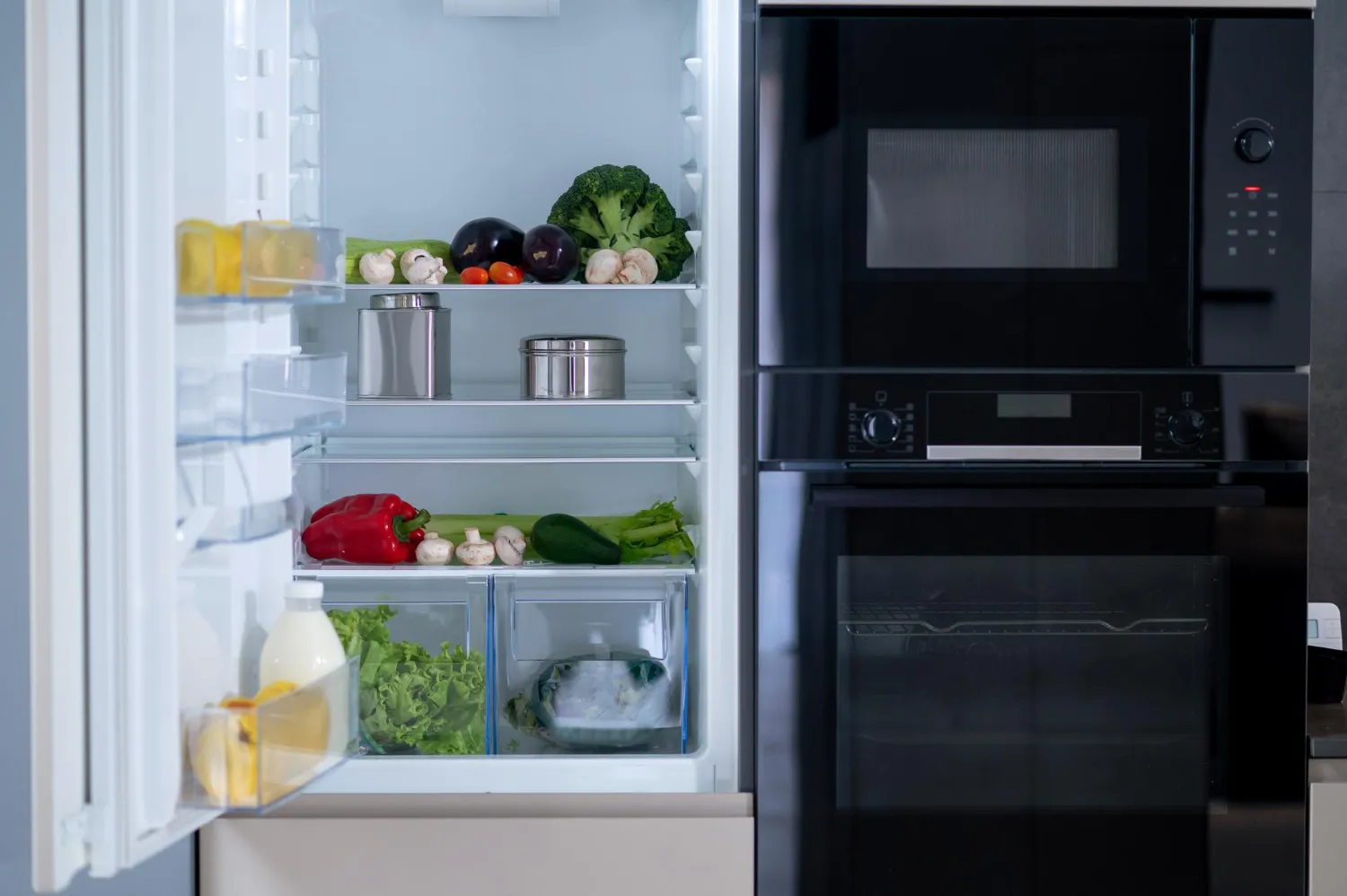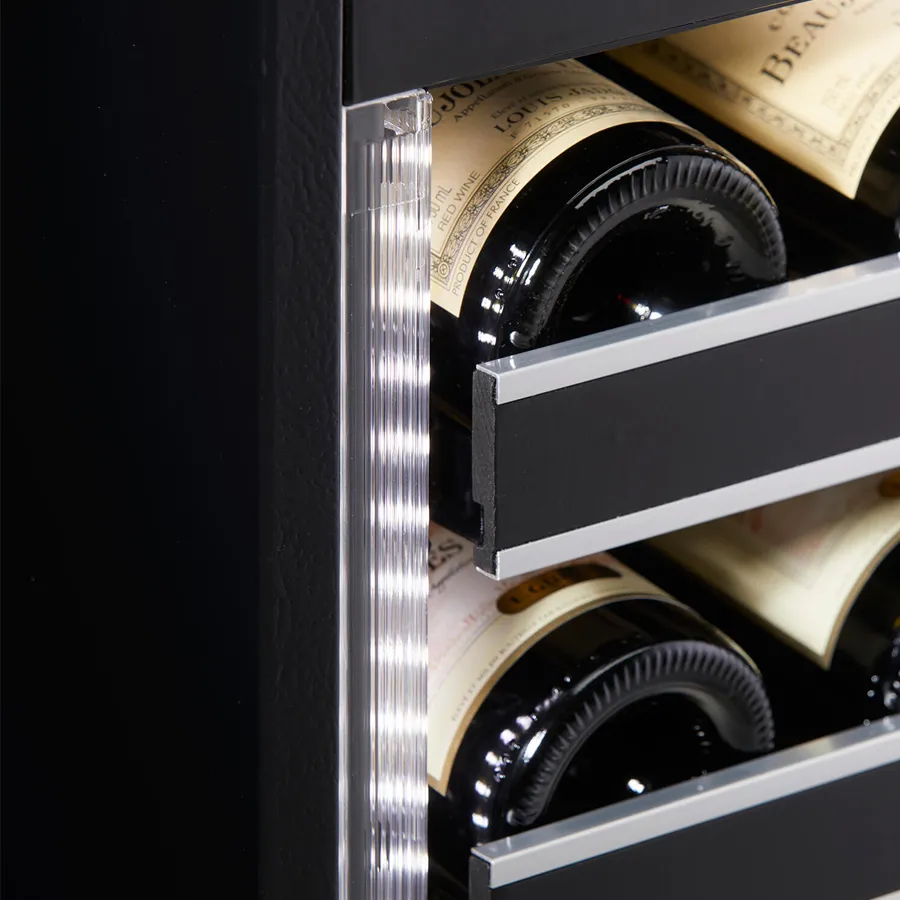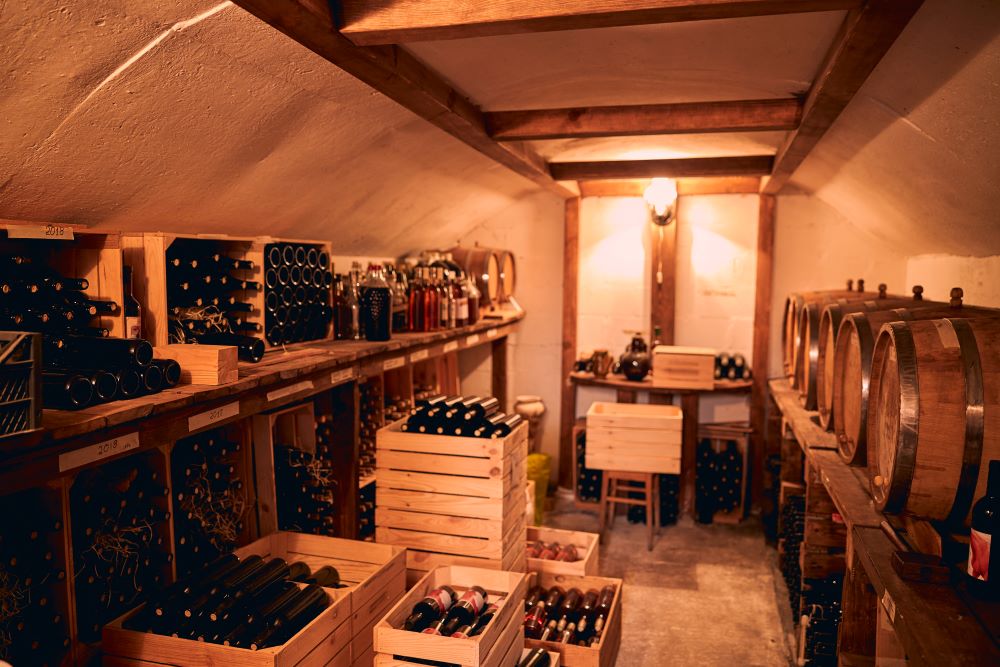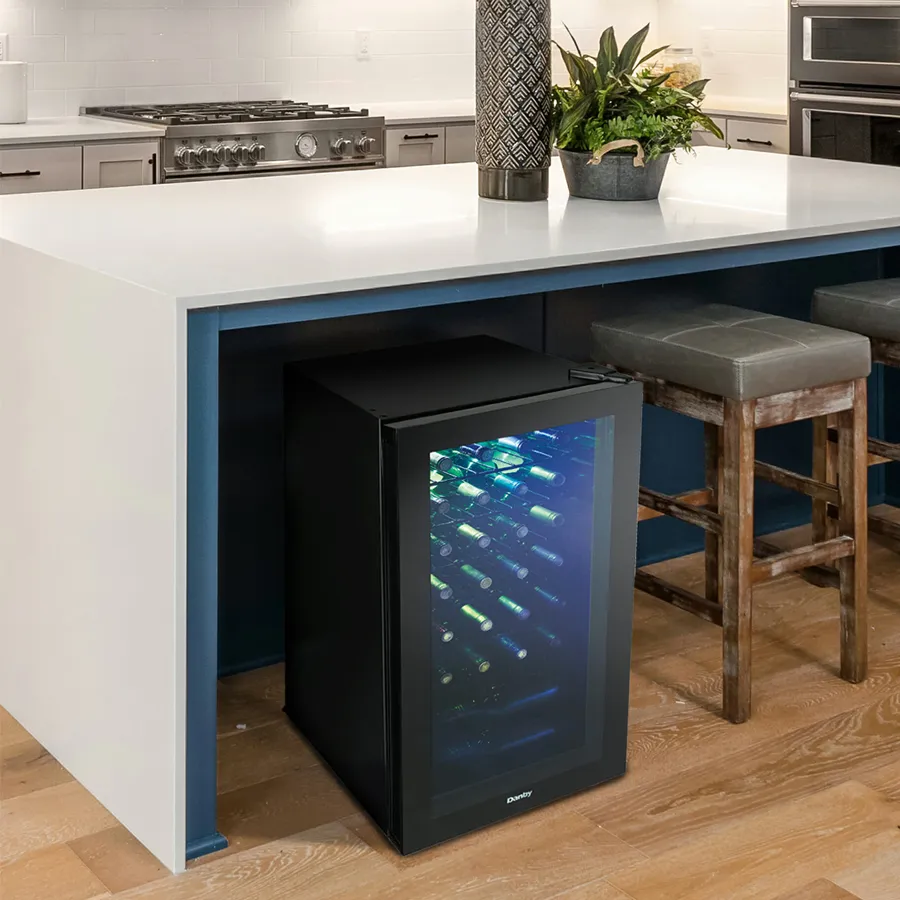The typical noise level produced by a wine cooler is between 35 and 45 dB. A kitchen dishwasher will make 46 to 60 decibels of noise while running, and a refrigerator can reach 47 dB. The noise level of your wine cooler is largely determined by the following: the surrounding temperature, how well the fridge was installed, and whether or not it uses a thermoelectric or compressor cooling system.
Where is the Wine Cooler Noise Coming from?
The compressor system is typically the most noisy part of a wine cooler. The compressors used in traditional wine coolers to maintain temperature can be quite noisy. In a cooling system, compressors compress the gases that make up the refrigerant and send them circulating. Compressors are mechanical devices, so they make noise and create vibrations that can be distracting if you’re trying to store wine in a quiet environment. Main Sources of Noise in a Winecooler:
- Compressor
- Fan
- Coolant Flow
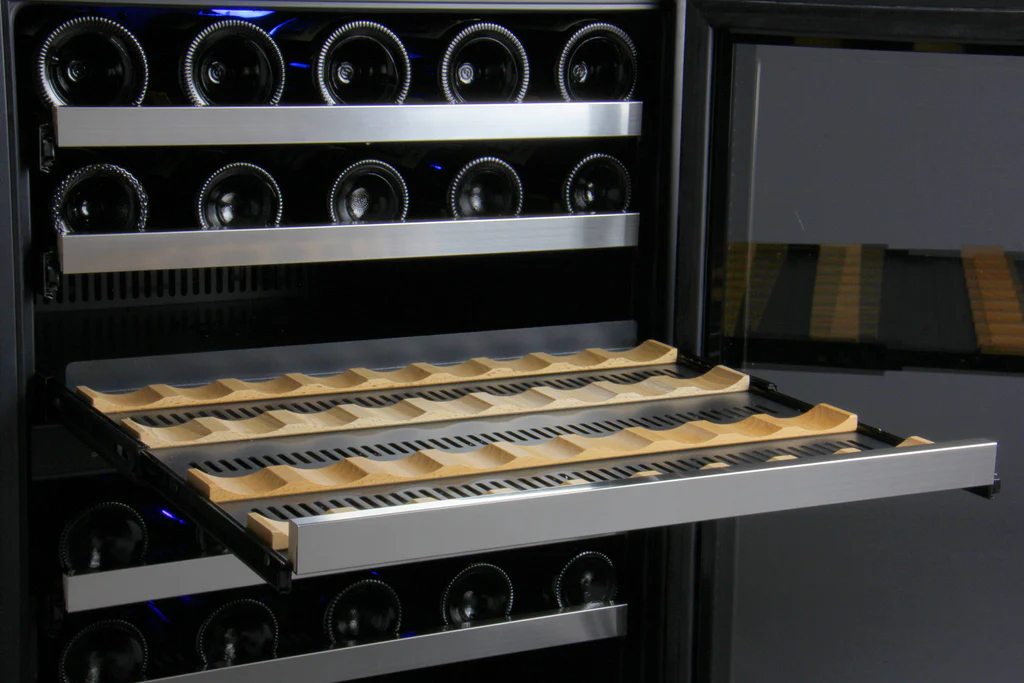
In addition to compressor noise, vibrations can contribute to the overall noise levels of a wine cooler. Vibrations occur as a result of the compressor and other moving parts within the unit. These vibrations can resonate through the structure of the wine cooler and amplify the noise produced. Therefore, it’s crucial to consider both the noise level and vibration intensity when selecting a wine cooler.

Compressor:
- Role: The compressor is a vital component responsible for regulating the temperature within the wine cabinet.
- Solution: Utilizing a frequency-controlled inverter compressor is key. This type of compressor adjusts its speed according to the current energy demand, operating at low power for extended periods. This adaptive control mechanism significantly contributes to maintaining noise levels below the 40dB threshold.
Fans:
- Role: Fans play a crucial role in circulating air within the cabinet, ensuring even temperature distribution.
- Solution: High-quality, quiet fans are paramount. These fans are designed to operate with minimal noise, enhancing the overall user experience. Their efficiency is instrumental in achieving the desired noise values below 40dB.
Coolant Flow:
- Role: The flow of coolant is integral to the cooling process, but it can contribute to unwanted noise if not managed effectively.
- Solution: Implementing piping that is specifically adapted to the flow of the coolant helps prevent undesirable noise and potential dripping. This thoughtful design addresses both functional and noise concerns associated with the coolant flow.
How to Avoid Noise From Wine Coolers?
Use Thermoelectric Systems
Thermoelectric wine coolers are an alternative to compressor-based systems. The Peltier effect, used by thermoelectric wine coolers, transfers heat via electric current to keep the wine at a constant temperature. Since these coolers don’t use noisy compressors, they have gained a reputation for their silent operation. They may still make some noise, and while it’s challenging to quantify the exact percentage of noise reduction between the two, thermoelectric coolers are known for their significantly lower noise levels than compressor systems.
=> Read More: How a Thermoelectric Wine Cooler Refrigerator Work?
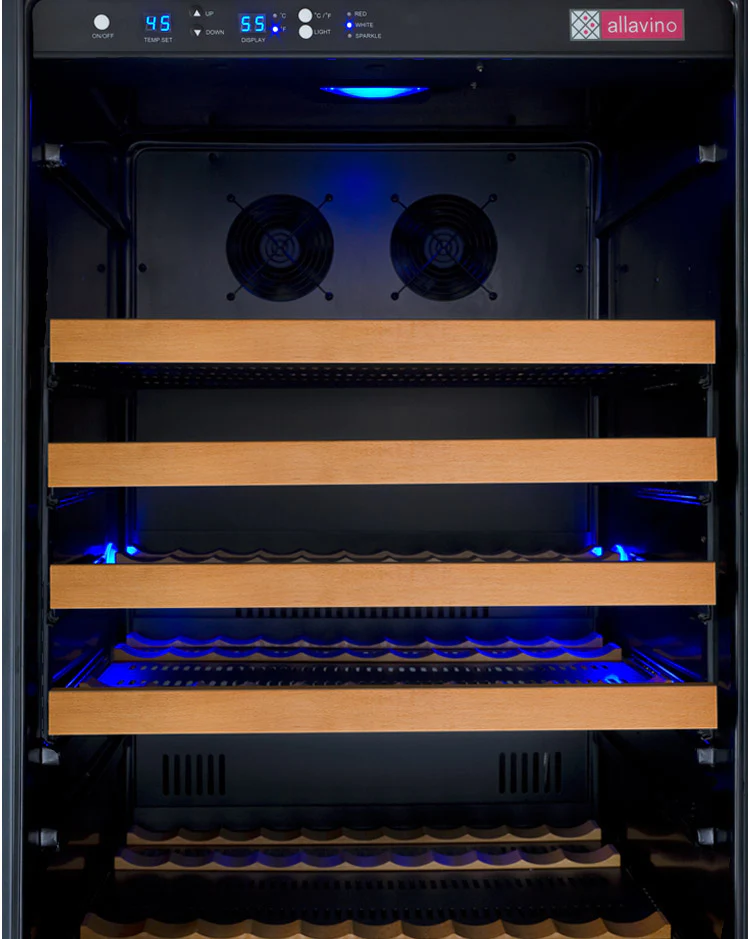
Additional Noise Reduction Features
There are noise-canceling options available on some versions of wine coolers. Some examples of such components are soundproofing improved insulation, and anti-vibration systems. If you want to store your wine in peace, it’s a good idea to do some research into the technical characteristics of different wine cooler models and to check for these additional noise reduction measures.
- Door Seals: Well-fitting, wide door seals are crucial for minimizing air leakage, contributing to noise reduction.
- Sound-Absorbing Materials: The incorporation of sound-absorbing materials, strategically placed to target the resonance range of all noise-causing components, further enhances noise control.
- Component Quality: The use of high-quality components throughout the manufacturing process is paramount. This ensures that the noise level remains consistent and doesn’t increase even after years of operation.
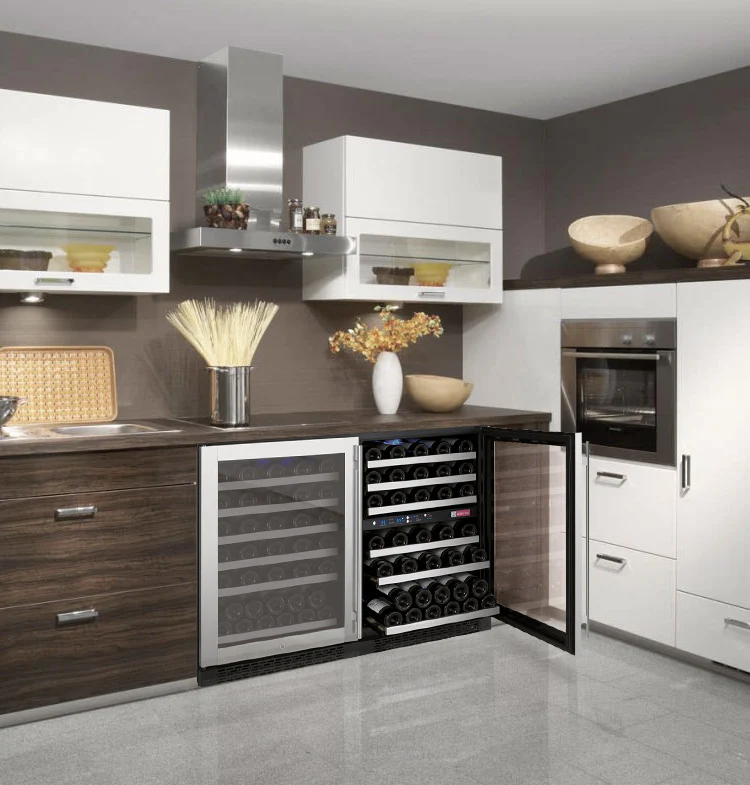
Installation Factors Affecting Noise
Whether or not your wine cooler generates a lot of noise depends on how well you follow the installation instructions provided by the manufacturer. What to check if your wine fridge is noisy:
- Proper Placement and Ventilation: Wine cooler noise depends on its location. Place the wine cooler on a firm platform away from impediments to reduce vibrations and noise. Provide enough ventilation around the device to prevent overheating and noise.
- Check ambient temperature: Check your wine cooler’s ambient temperature. Most wine refrigerators work in a 41-100°F room. if the ambient temperature is too high, The cooling system will run more regularly in a heated wine cooler, making more noise.
- Try to Use Soundproofing Techniques: You can DIY soundproof a noisy wine cooler. Soundproofing the wine cooler using acoustic foam or rubber mats works. These materials absorb sound waves and minimize vibrations, lowering noise.
- Regular Maintenance and Cleaning: Maintaining and cleaning your wine cooler reduces noise. Dust, debris, and grime can reduce cooling system effectiveness and increase noise. To keep your wine cooler running smoothly and quietly, clean fans, and vents.
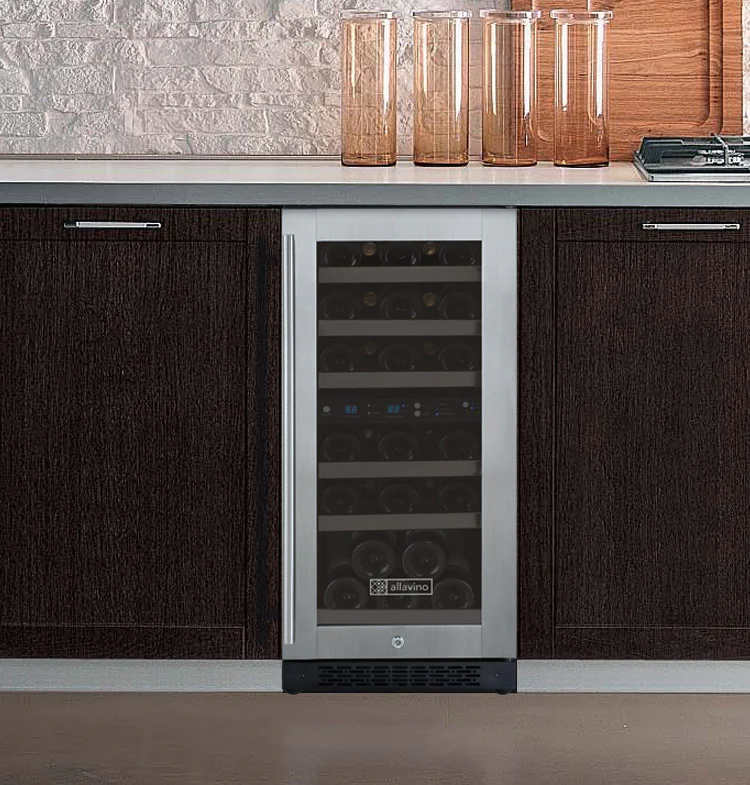
Stability and Leveling:
Ensure that the wine cooler is placed on a steady and level surface. If the unit is not level, it can lead to vibrations and noise. Adjusting the leveling legs as per the manufacturer’s recommendations is essential for optimal performance. Placing your wine cooler on a stable and level surface is crucial for its proper functioning. If the unit is not level, it can cause vibrations during operation, leading to increased noise. To address this, make sure to adjust the leveling legs according to the manufacturer’s guidelines. This simple adjustment can significantly reduce vibrations and noise, providing a quieter operational experience.
Clearance Requirements:
Check if the wine cooler has adequate clearance around it. Proper clearance is crucial for the unit’s ventilation and exhaust system to function efficiently. Inadequate space can force the cooler to work harder to maintain the desired temperature, resulting in increased noise levels. Wine coolers require proper clearance around them to facilitate efficient ventilation and heat dissipation. Inadequate space can hinder the unit’s ability to expel heat, forcing the compressor to work harder. This extra effort not only compromises the unit’s performance but also results in elevated noise levels. Ensure that the recommended clearance space is maintained to allow the wine cooler to operate smoothly and quietly.
Ambient Temperature Considerations:
Take note of the ambient temperature in the location where the wine refrigerator is installed. Most units are designed to operate optimally in rooms with temperatures ranging from 41 to 100 degrees Fahrenheit. If the cooler is situated in a warm environment, the cooling system may activate more frequently, leading to heightened noise levels.

